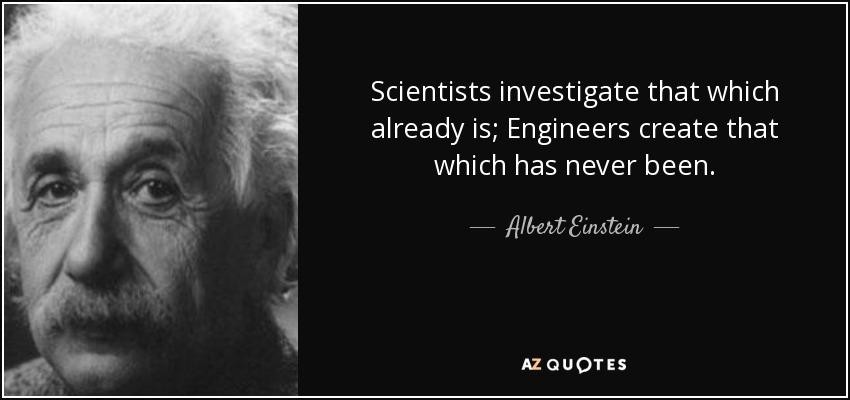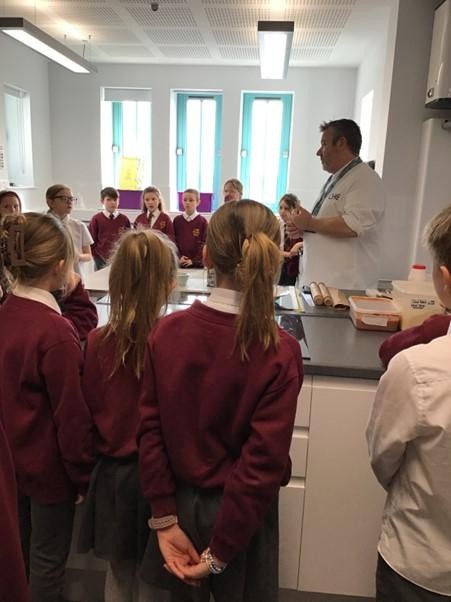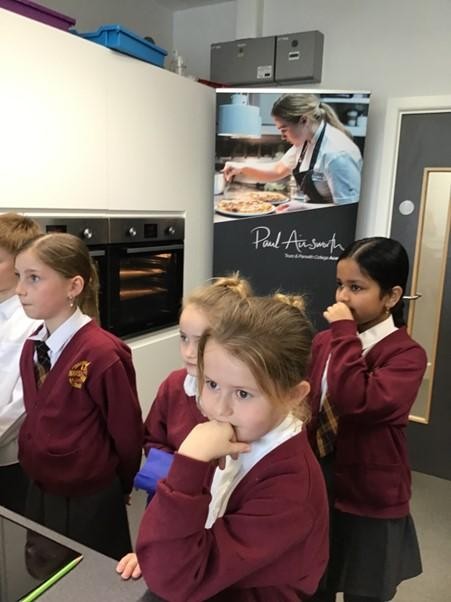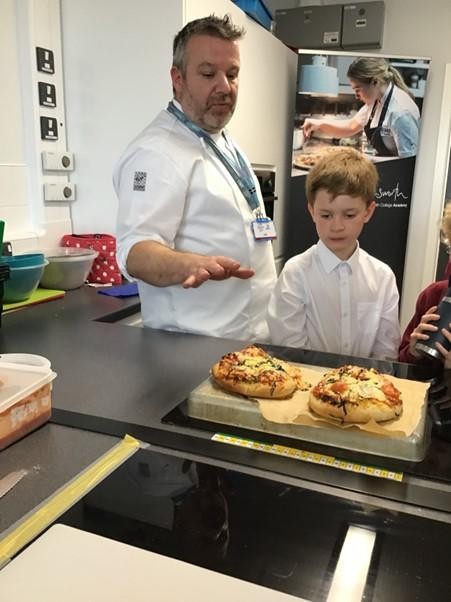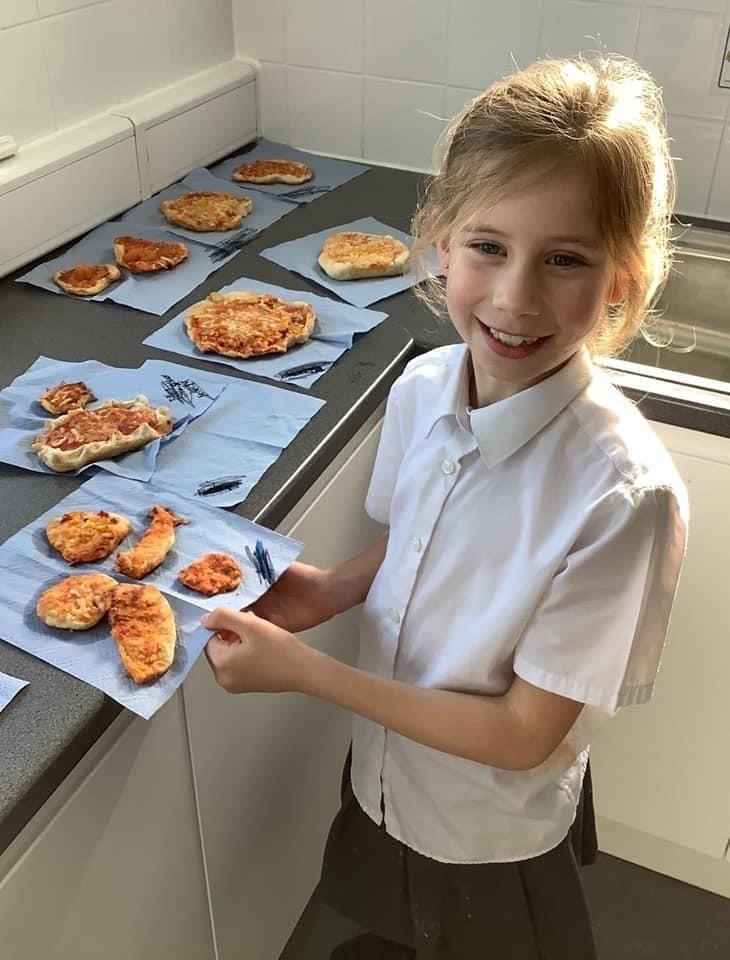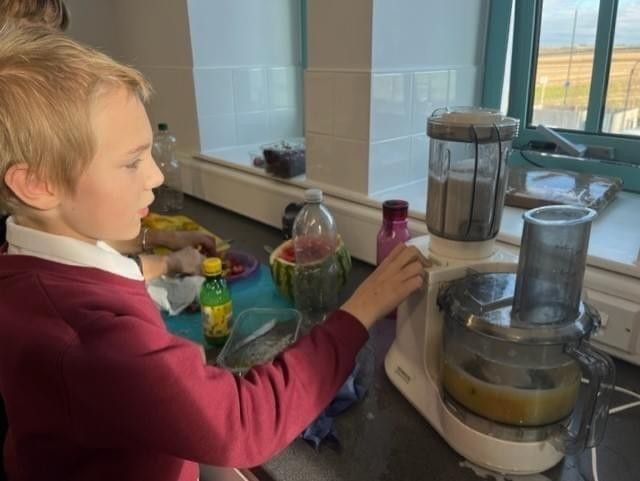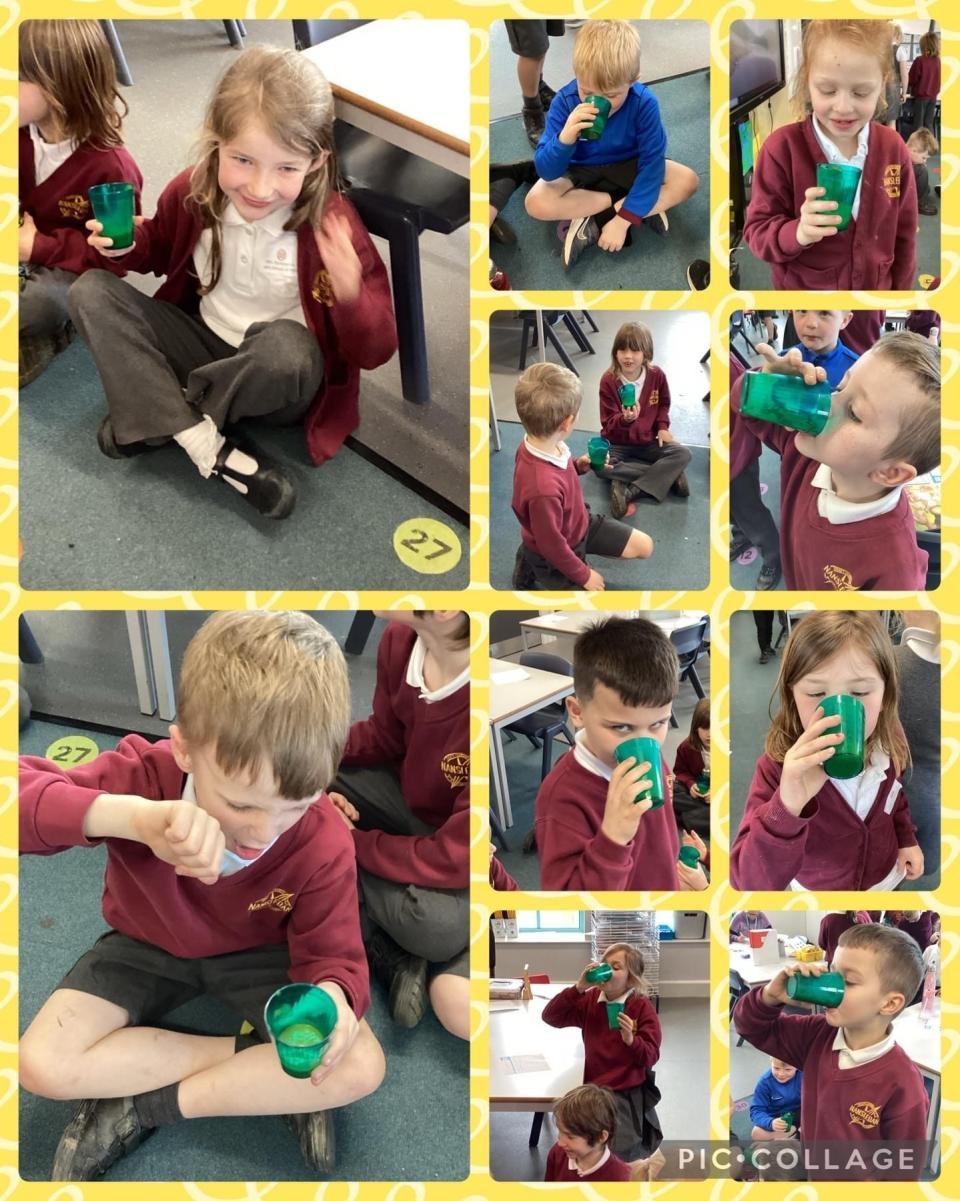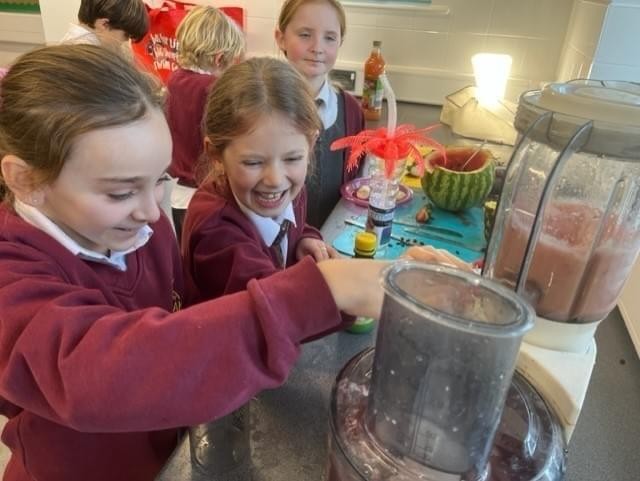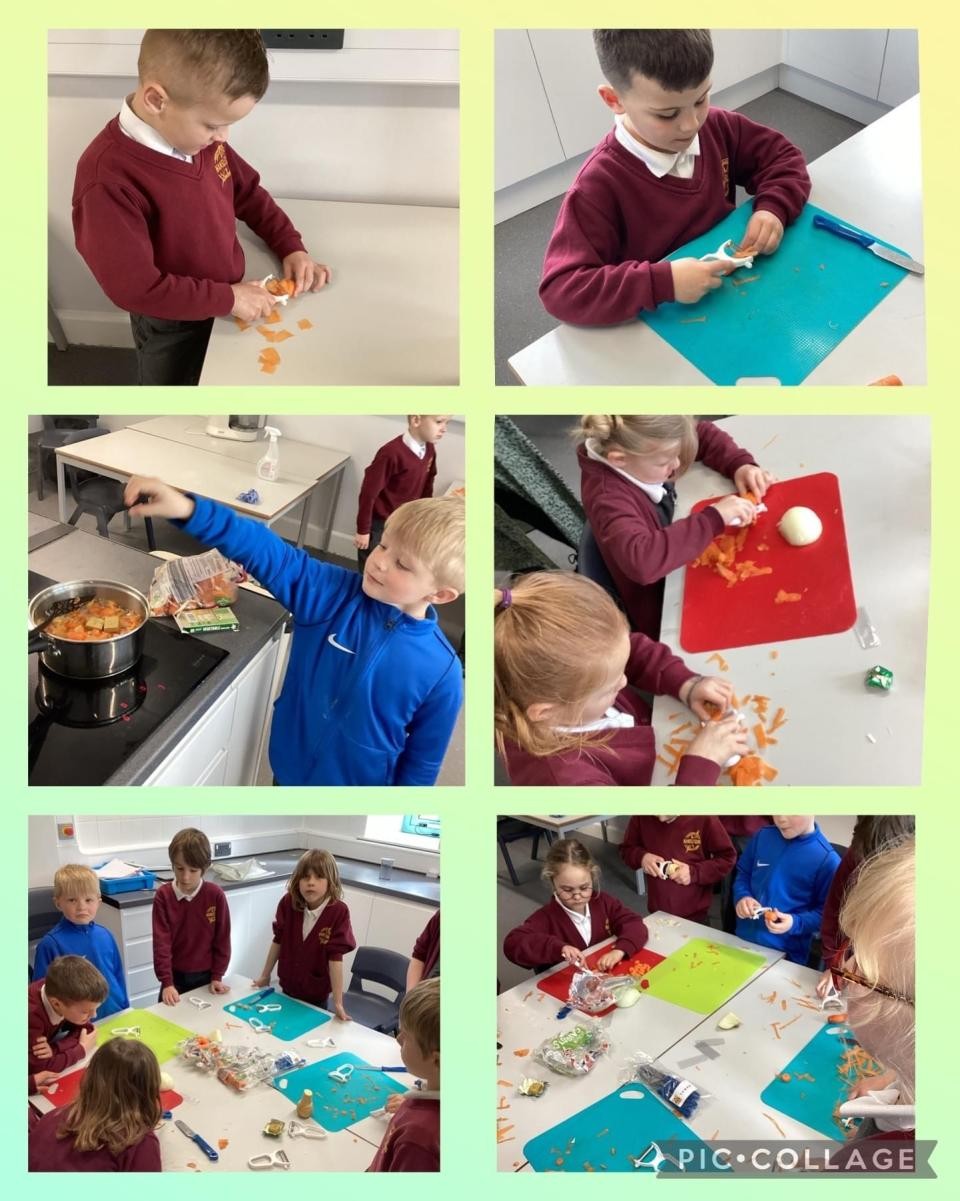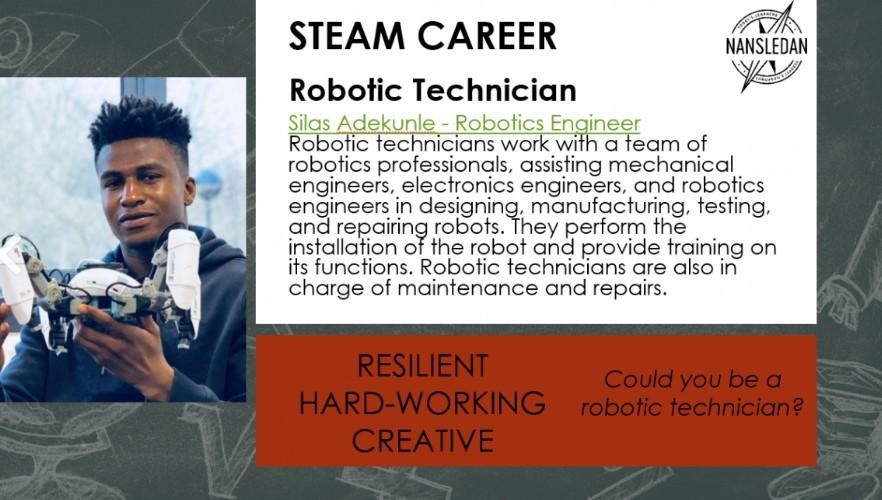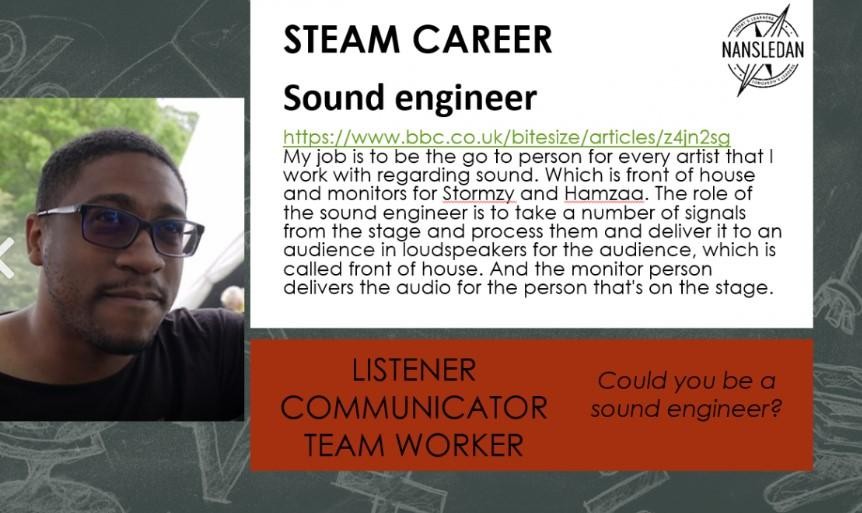Curriculum Intent:
In the Early Years Design and Technology is covered in both the prime areas and the specific areas. We encourage the development of skills; knowledge and understanding that help EYFS children make sense of their world through asking questions, listening to instructions and explaining their understanding. Children are encouraged to explore and use a variety of media and materials during a combination of adult directed and child-initiated activities. Children are given opportunities to use different media and materials to express their own ideas. Children begin to make plans and construct with a purpose in mind, using a variety of resources. They are encouraged to use what they know about different media and materials in original ways, not being afraid to explore and try new things. The children learn how to use simple tools and techniques appropriately, effectively and safely. The children Identify and discuss foods that are healthy and learn how to prepare some foods safely and hygienically.
By the end of Key Stage One, Through a variety of creative and practical activities, pupils should be taught the knowledge, understanding and skills needed to engage in an iterative process of designing and making. They should work in a range of relevant contexts [for example, the home and school, gardens and playgrounds, the local community, industry and the wider environment].
By the end of Key Stage Two, Through a variety of creative and practical activities, pupils should be taught the knowledge, understanding and skills needed to engage in an iterative process of designing and making. They should work in a range of relevant contexts [for example, the home, school, leisure, culture, enterprise, industry and the wider environment].
As part of their work with food, pupils should be taught how to cook and apply the principles of nutrition and healthy eating. Instilling a love of cooking in pupils will also open a door to one of the great expressions of human creativity. Learning how to cook is a crucial life skill that enables pupils to feed themselves and others affordably and well, now and in later life.
Our vision and aims:
At Nansledan school we believe DT should provide pupils with a real-life context for learning. We aim to inspire pupils to be innovative and creative thinkers who have an appreciation for the product design cycle through ideation, creation, and evaluation. We want pupils to develop the confidence to take risks, through drafting design concepts, modelling, and testing and to be reflective learners who evaluate their work and the work of others. Our DT is planned in a progressive manor and enables pupils to meet the end of key stage attainment targets in the National curriculum and the aims within the units also align with those in the National curriculum. Design and technology is a crucial part of school life and learning and it is for this reason that as a school we are dedicated to the teaching and delivery of a high quality DT curriculum; through well planned and resourced projects and experiences. Pupils will learn to take risks, be reflective, innovative, enterprising and resilient. It is our intent for Design and Technology to be taught in all year groups through one topic per term. DT units will be linked to the class project, providing cross-curricular opportunities. As a subject, DT can draw upon subject knowledge and skills from Mathematics, Science, History, Computing and Art. At Nansledan, design and technology is inclusive and will prepare pupils to deal with tomorrow’s rapidly changing world. It encourages pupils to become independent, creative problem solvers and thinkers as individuals and part of a team. Through DT, the pupils will combine practical skills with an understanding of aesthetic, social and environmental issues, as well as functions and industry. They will be taught a range of skills and techniques which will progress from Early years through to year 6.
We endeavour for our children to have real life experiences, develop aspiration for the future and learn about DT and Engineering in an active and creative way and therefore visitors, trips and cross-curricular links form a fundamental part of our STEAM curriculum.
At Nansledan we follow the Statutory Framework for the Early Years Foundation Stage and the Design and Technology National Curriculum for England. For more information relating to this please see links below.
Careers
National Curriculum objectives are further supplemented by a careers focus in most lessons, where teachers help pupils to contextualise their learning by sharing possible future paths and exploring the impact of current and historic significant individuals in careers that apply the Science delivered in their current topic. PSTT Standing on the Shoulders of Giants materials are used to support this, alongside work with local industry experts.
Children recognise that diversity is important in the scientific community and are introduced to a range of individuals excelling in their fields.

